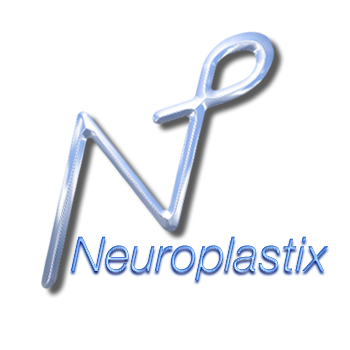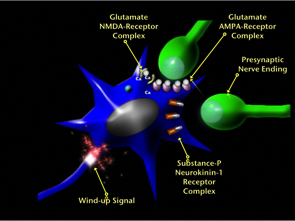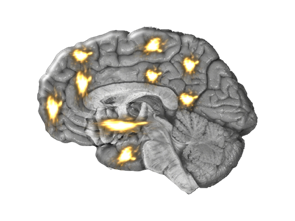Wind-up pain is one of the hallmarks of the neuroplastic changes that create persistent pain. Persistent pain is not just a longer lasting acute pain. There are several changes that happen in brain and body. Wind-up can happen anywhere in the spinal cord or brain. It means that the pain signal that comes into the central nervous system becomes stronger and longer lasting. This is a physiologic process that involves activation of receptors that are normally dormant on post synaptic nerve endings. The result is that the nerve fires more frequently and with greater strength. It also means that the nerves fired this way keep firing even without an ongoing stimulus. Hence people may heal, but the pain circuit remains activated.
Part of the wind-up process involves nerves sprouting into pain processing areas that normally transmit signals that do not lead to pain. The result is that nerve signaling for touch, movement, pressure, temperature or vibration signal for pain. These sprouts also grow into different levels up and down the spinal cord. This accounts for pain starting in a discreet area and progressing to occurring in an entire region. In this way an injury to the finger causing local pain can gradually involve the entire hand.
Look at the graphic on page 26 of the Neuroplastic Transformation workbook and read the accompanying text. The graphic shows an incoming signal that winds up at the dorsal horn of the spinal cord. This signal is not yet felt as pain, because it has not reached the thinking and perceiving part of the brain. When it does so, it will wind up at each of these levels due to activation of NMDA receptors on post-synaptic nerve endings. This is one of the reasons that persistent pain is so powerful.
In persistent pain there are many signals sent to the brain, including touch, temperature, movement, position and vibration that are all being interpreted by the brain as pain. See if you can distinguish these normally non-painful signals and separate them from your pain. Instead of viewing your pain as a danger to avoid, look at it as something that is no longer dangerous and instead as a signal to do something, in order to come up with new ways to reduce it. By doing this the pain can be reduced from a threat to an opportunity to change your brain in relationship to your body.


